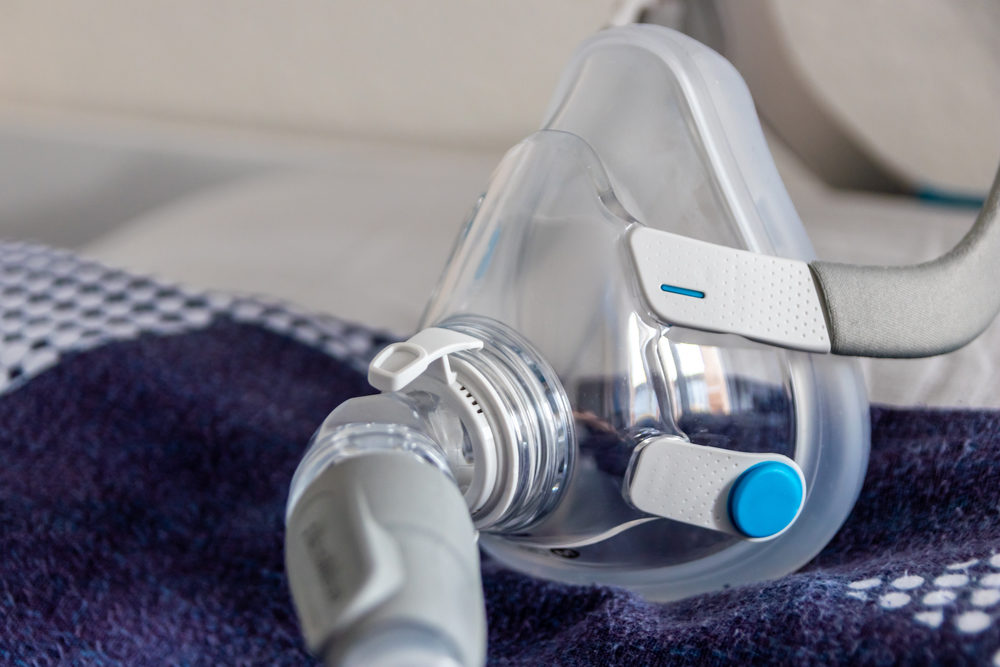
An Arkansas man recently filed a new Philips CPAP lawsuit in the Circuit Court of Jefferson County, Arkansas. He claims that after using the company’s DreamStation CPAP machine, he suffered from serious injuries.
On the very same day (March 10, 2022), a Michigan man filed a new lawsuit against SoClean, Inc. in the U.S. District Court for the Eastern District of Michigan, claiming that the company failed to warn consumers that its devices emitted ozone.
Arkansas Man Hospitalized for Severe Respiratory Disease
In the first lawsuit, the plaintiff claims he purchased a Philips DreamStation CPAP device in 2014. It was one of the devices that Philips later recalled because the sound abatement foam inside it could degrade and release toxic chemicals.
The plaintiff used the product every day to treat his sleep apnea. He claims that, as a result of using the device, he suffered severe harm and injury to his respiratory system.
He received a recall notice from Philips around September 13, 2021. Two to three weeks before that, he was admitted to the hospital with severe respiratory disease. While there, doctors diagnosed him with acute respiratory failure with hypoxia. He believes that his use of the Philips CPAP machine caused or significantly contributed to the development and progression of the disease.
Philips Recalls Dreamstation CPAP Machines
In June 2021, Philips voluntarily recalled certain ventilators, Bi-PAP, and CPAP machines due to potential health risks. The polyester-based polyurethane foam used in the devices to lesson sound and vibration may break down. If this occurs, black pieces of foam or certain chemicals could be inhaled or swallowed by the person using the device.
The FDA noted in its announcement about the recall that the foam damage could get worse in hot and humid settings and when consumers used ozone or ultraviolet light cleaners not recommended by the manufacturer.
Plaintiff Alleges SoClean Uses Ozone to Clean CPAP Machines
In the second lawsuit, a Michigan man claims that SoClean used false and misleading representations about its devices to market them to consumers using CPAP machines.
“The SoClean devices work by generating ozone to sterilize and deodorize CPAP machines,” he states in his complaint. “Ozone is an unstable toxic gas….To be effective as a germicide, ozone must be present in a concentration far greater than can be safely tolerated by people or animals.”
The FDA warned consumers about these types of cleaners. In a consumer update, the agency noted it had received reports from people who used CPAPs after cleaning with these devices who suffered from unexpected asthma attacks, headaches, and breathlessness.
“Nor only can ozone leak out of the CPAP equipment into your home during cleaning,” the FDA stated, “but ozone levels inside of the CPAP equipment can be above safe limits even several hours after cleaning is completed.”
The plaintiff states that SoClean’s marketers failed to disclose that its devices emit ozone, stating instead that they use “activated oxygen” to clean. Because of this danger, several manufacturers of CPAP machines require purchasers to acknowledge that they have been informed that if they use a SoClean device to clean their CPAP machines, the warranty on that machine will be voided.
The plaintiff seeks to represent all citizens in the state of Michigan who purchased or used a SoClean device to clean and sanitize their CPAP, BiPAP, or mechanical ventilation machines.

Exclusively focused on representing plaintiffs—especially in mass tort litigation—Roopal Luhana prides herself on providing unsurpassed professional legal services in pursuit of the specific goals of her clients and their families. While she handles complex cases nationwide on behalf of consumers, Ms. Luhana resides with her family in Brooklyn, New York.


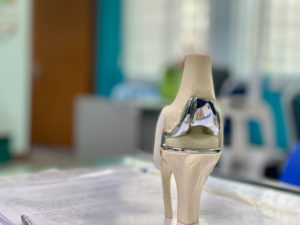
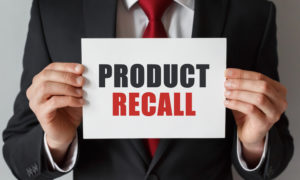
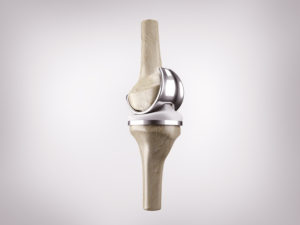


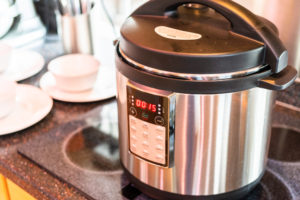
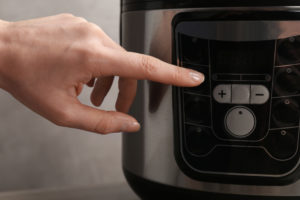





Comments for this article are closed.